After Bach’s birthday last weekend, today we celebrate the last one of the “Four Big B’s” (Bach, Beethoven, Brahms, Bartók). And it is even a round anniversary: the composer who defined 20th century music fundamentally, not only in his homeland Hungary but internationally, was born 140 years ago.
We can watch the celebration selection from four past concerts on the Müpa Home platform. All of them occurred in the Béla Bartók National Concert Hall. In the diverse programme there will be a concerto, chamber music, a symphony and Hungarian folk music, too.
Bartók wrote his two violin rhapsodies almost at the same time in 1928. as a mature composer already. He reworked the first for cello subsequently; this is what we can hear tonight by cellist László Fenyő and pianist Mária Kovalszki who originally played it on 18 November 2014. The chamber piece that uses Hungarian and Romanian folk melodies, verbunkoses and dances, and follows the tradition of the Hungarian Rhapsodies by Liszt: slow and fast parts are changing in them constantly.
The intimate introduction of the chamber music is then followed by a symphonic orchestra with an early career piece of Bartók. He was not even 22 years old when composing his first symphonic piece, the Kossuth symphonic poem, which was inspired by the programme music of Richard Strauss.
The composer’s notes on the individual parts explain the music in a sensual and delicate way, often with a touching simplicity. The first and second parts are outlined by Bartók this way: “the character of Kossuth” (Hungarian politician during the 1848/49 war of independence – editor’s note), and “oh, how cheerless you are, dear husband”. Kossuth’s loyal wife asks him, the worried and ill-fated politician. Kossuth tries to comfort her, but then he bursts out: “The homeland is in danger!” But Bartók not only writes about the events that he intends to depict with music, but also his musical toolkit. Such as: “The flaut, the flaut picc., later the theme pd. by bass clarinet wants to show the Austrian Habsburg oppression and unlawful violence.” And by the end of the symphonic poem: “The huge catastrophe occurs (timpani, tam-tam fff [fortissimo] beat): the remainder of the Hungarian army is forced into exile.”
Reading Bartók’s explanation, the story of the war of indepence is even more plausible. At its premiere, the audience loudly applauded the composer who arrived in Hungarian attire, and an Austrian trumpeter complained about the satirical version of the Imperial Anthem. Tonight we will hear this piece by the Hungarian Radio Symphonic Orchestra, conducted by János Kovács, from 13 March 2018.
The Violin Concerto No. 1 is the music of the wild happiness of a romance, an ode to youth, hope and energy. Bartók wrote it in 1907 under the influence of his muse, the child prodigy violinist Stefi Geyer. “There is the musical image of the idealised Stefi Geyer – heavenly and intimate; and there is the one of the wild S. G., too – humorous and witty. Now I should create the indifferent and cold S. G.’s musical image. But that would be ugly music”, he wrote. What an irony of fate that according to legend, on the same day the violin concerto was finished, Geyer wrote her breakup letter to Bartók. Did he then write the ‘indifferent image’ in the end? Kristóf Baráti presented the first concerto in a sensitive and understanding way on 28 May 2016 with the Zugló Philharmonic – King Saint Stephen Symphony Orchestra.
Bartók’s music is deeply rooted in Hungarian folk traditions. After the orchestral pieces and the break, we can get to know this endlessly rich musical treasure a bit closer, thanks to the wonderful band Muzsikás who have been present at the biggest concert halls of the world already. Their immersive concert was recorded on the anniversary of the 1848 Hungary revolution, on 15 March 2015.
Entrance to the virtual concert hall of the Müpa is free.
Article: Zsuzsanna Deák
Translation: Zsófia Hacsek

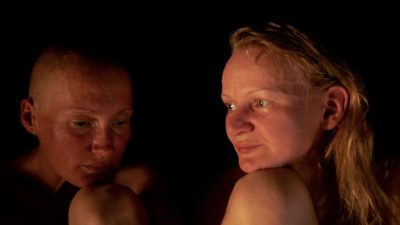
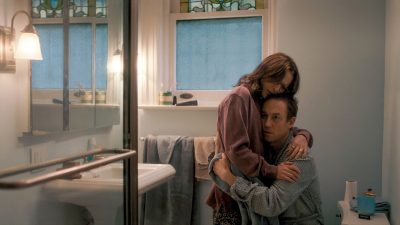
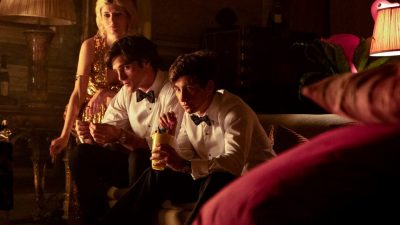
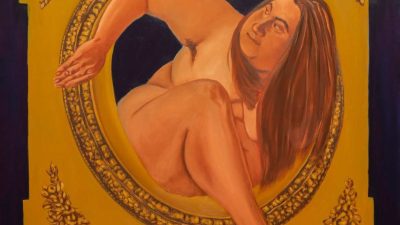
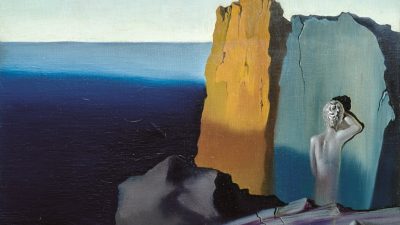



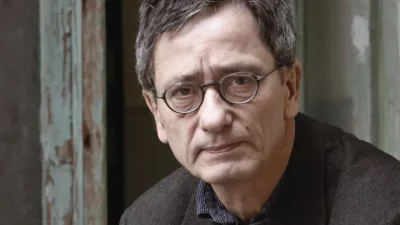



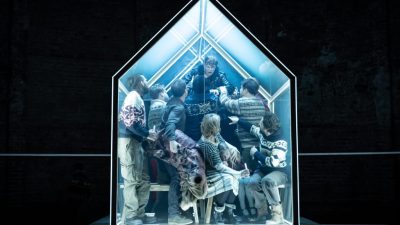






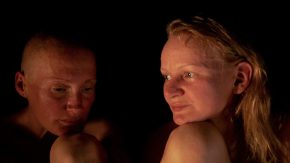


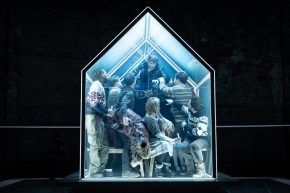


Comments